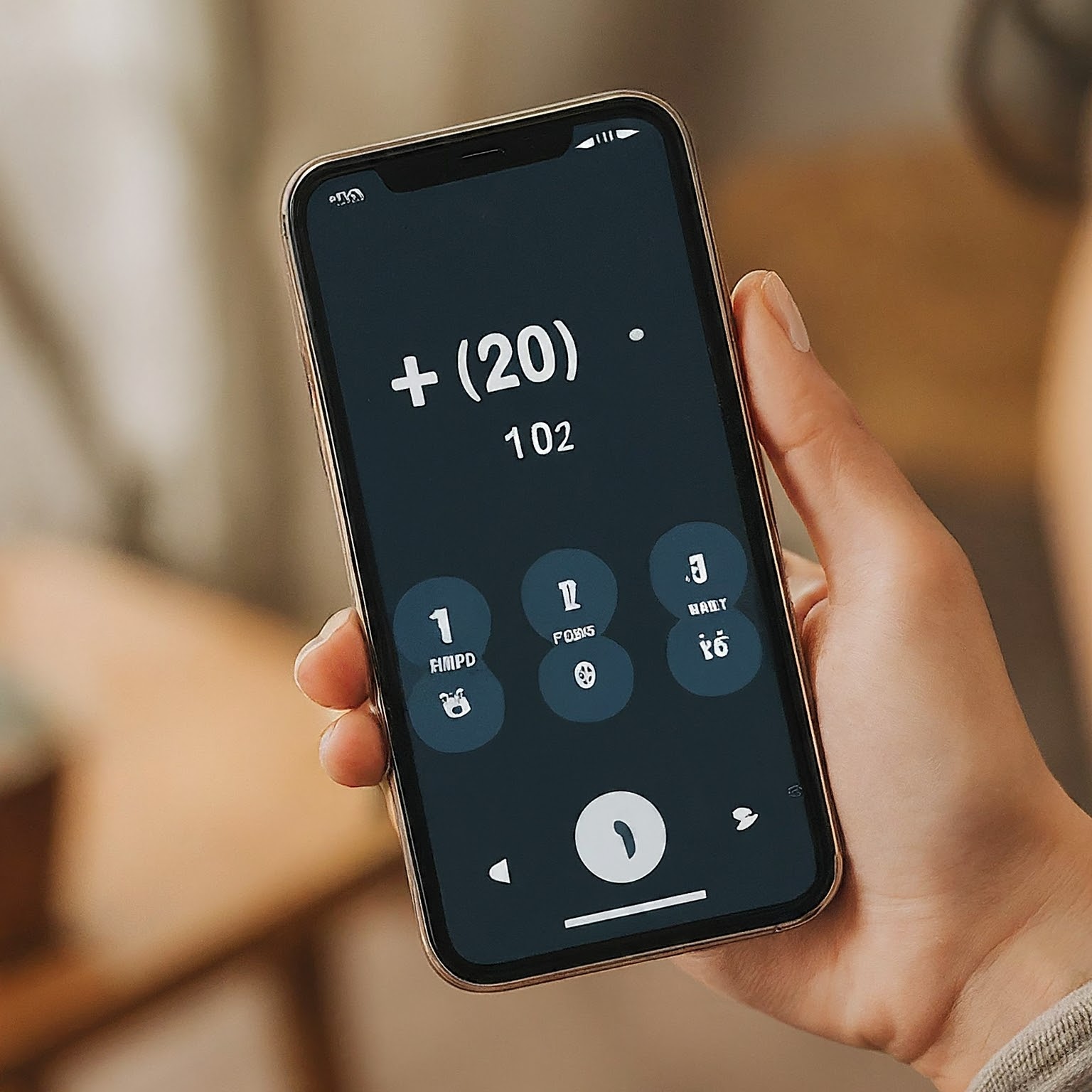In our increasingly interconnected world, making international calls is a common occurrence. Whether it’s for business, connecting with loved ones, or simply reaching out across borders, knowing how to dial international numbers is essential.

Understanding International Calling Codes
Before we dive into the specifics, it’s crucial to grasp the fundamentals of international calling codes:
- Country Code: Every country has a unique code, such as +1 for the United States or +44 for the United Kingdom.
- Exit Code: This is the code you dial to indicate you’re making an international call. It varies by country (e.g., 011 in the U.S., 00 in many European countries).
- Area Code/City Code: Some regions within a country have specific codes, like New York City’s 212.
- Subscriber Number: This is the unique phone number of the person or business you’re trying to reach.
Step-by-Step Guide: How Do I Dial an International Number?
- The Plus Sign (+):
- The simplest and most universal way to dial internationally is to start with the plus sign (+).
- On most phones, you can find the plus sign by holding down the zero (0) key.
- Country Code:
- After the plus sign, enter the country code of the country you’re calling.
- For example, if you’re calling France, the country code is +33.
- Area/City Code (If Applicable):
- If the number you’re calling has an area or city code, enter it after the country code.
- Not all countries use area codes, so this step may not be necessary.
- Subscriber Number:
- Finally, enter the local phone number of the person or business you’re contacting.
Example: How Do I Dial an International Number for the UK?
Let’s say you want to call a London number: 020 7946 0201. Here’s how you would dial it internationally:
- Plus Sign (+): Start with the plus sign (+).
- Country Code: Enter 44 (the country code for the UK).
- Area/City Code: Enter 20 (the code for London).
- Subscriber Number: Enter 7946 0201.
- The Complete Number: Your final dialed number would be +44 20 7946 0201.
Important Considerations:
- Drop the Leading Zero: If the local number you’re given starts with a zero (common in many countries), omit it when dialing internationally.
- Mobile Phones: Mobile phone numbers often already include the country code, so you may not need to add it separately. Look for the plus sign (+) before the number to confirm.
- Calling Cards: Calling cards can be a cost-effective way to make international calls, especially from landlines. Follow the instructions on the card for dialing.
Common Challenges and Solutions:
- Call Blocking: If your call doesn’t go through, your carrier might have international calling blocked for security or cost reasons. Contact them to enable it.
- Time Zones: Be mindful of the time difference when making international calls to avoid waking someone up in the middle of the night.
- Calling Rates: International calling rates can vary depending on your carrier and plan. Check for any additional charges before you dial.
Additional Tips:
- Save Numbers Correctly: Store international numbers in your contacts with the plus sign (+) and country code to make future calls easier.
- Online Tools: Many websites and apps offer international dialing code lookups if you’re unsure of a particular country’s code.
- Emergency Numbers: Remember that emergency numbers (like 911 or 112) may not work the same way internationally. Research the local emergency numbers before traveling.
The Future of International Calling
With the rise of Voice over Internet Protocol (VoIP) services and messaging apps, the lines between local and international calls are blurring. However, knowing how to dial an international number directly remains a valuable skill, especially for formal or urgent communication.
لا تعليق